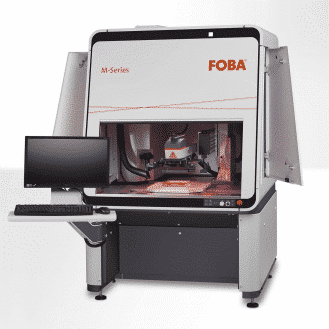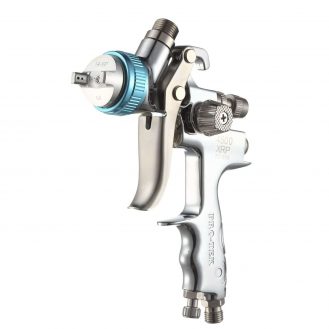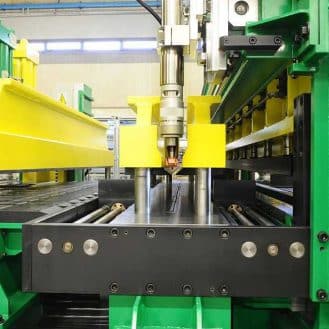In order to choose the right adhesive for you, you should first check if it is compatible with the materials you need to put together.
You will also have to consider the surrounding conditions such as the ambient temperature (minimum and maximum), the moisture content, UV exposure, exposure to chemicals such as detergents or acids and dust that could affect the bonding quality.
You will also need to verify if the adhesive you choose is compatible with the stress it will be put under (permanent load, vibration, shock, shear, bending, etc.) and in particular its resistance to peeling (tensile strength).
You should also consider whether what you are putting together should be able to be taken apart or not, and if so, how the glue should be dissolved.
You must also take into account the working time, i.e. the time during which it is possible to modify the position of the elements you are gluing together, and the final setting time, i.e. the time you will have to wait before the assembly can be used under normal conditions. As a general rule, two-component adhesives have a shorter working time and shorter final setting time than single-component adhesives. Cyanoacrylate adhesive, which has a setting time of a few seconds, is the exception that confirms the rule.
Lastly, you must check that the adhesive you choose complies with the standards the assembly is subject to.








